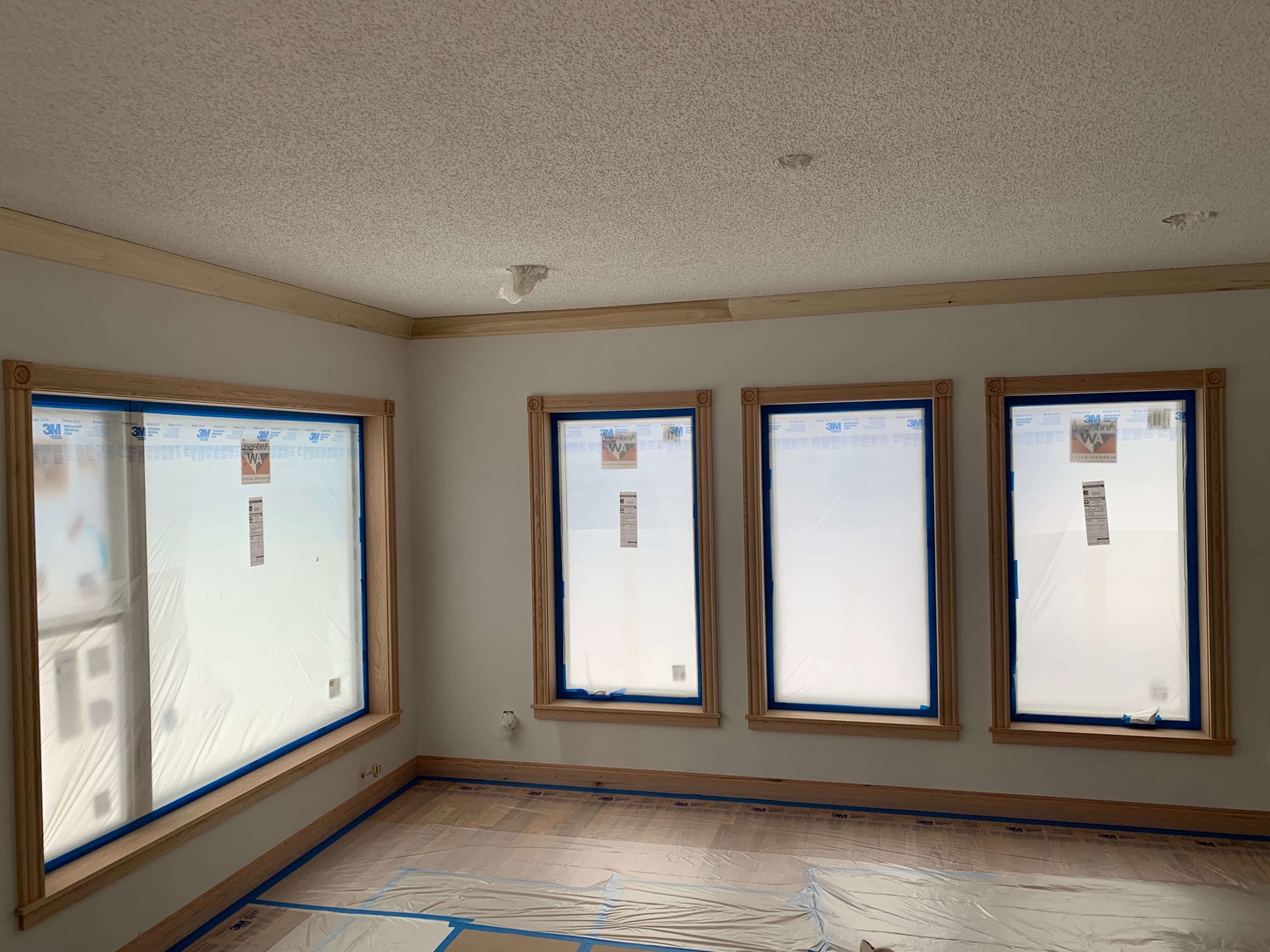
Between painting jobs, homeowners should exercise proper care to keep interiors looking fresh for as long as possible. Below are some tips for maintaining your new interior paint job.
Maintain Your New Interior Paint by Regular Cleaning In many cases, interior paint easily gets dirty. Handprints around switches and knobs are common. Another example is splashing in kitchens and bathrooms. Traces on corridors and hallways build up over time. Additionally, soot builds up around fluorescent lighting and heat sources. The list is long. Removal of dirt before it accumulates not only improves appearance, it also reduces the chance that it will be permanently embedded in the paint film. It is never a good idea to paint over dirt. The same is true even when the reason for repainting is changing colors. For a professional opinion on anything paint related, find out more at www.GoldStandardPainting.com
Check for dirt and clean it on a regular basis. Dirt usually accumulates easily in cooking areas. Always clean the surface with a mild detergent and a sponge or a soft cloth. Avoid harsh cleaners as much as possible. Only use them when necessary. One reason, for example is that alkaline cleaners can dull the sheen or gloss of oil-based paint. For more on oil based paints, please visit out FAQ page at www.GoldStandardPainting.com.
Abrasive cleaners will destroy almost any paint. They can also dull the satin, semi-gloss, and gloss or paint products. Thoroughly rinse washed surfaces. Residue can build up over time and eventually wreck paint adhesion. Maintaining your new interior paint will lengthen the amount of time it will take to paint again.
Get Rid of Mildew
Be on the lookout continuously for mildew growing on painted surfaces that tend to be wet. They are common in areas like laundry rooms, basements, bathrooms, and kitchens. Mildew should be treated and removed, and it should never be painted over.
Maintaining your new interior paint by battling mildew isn’t so difficult to do. Apply a 3:1 mixture of water: household bleach with a rag or sponge to the mildewed area; wear eye and skin protection and respirator; do a test area with colored paints first to ensure that the bleach solution does not cause fading; protect the floor and nearby articles. Allow 20 minutes for the mixture to stay on; add more as it dries. Thoroughly rinse off the area.
Keep Painted Surfaces from Sticking to Another (Blocking)
Often, poorly painted objects, like a door and a door jamb, stick to each other. The cause of this most likely is that things have been put back into contact with the painted surfaces before the paint has dried completely. Dark colored paints are more likely to “block” than light colors or white paints, everything else being equal; and paints that are glossier block more than flat paints. Warm and humid conditions increase blocking tendency, and pressure application increases blocking, of course. This is something to keep in mind when maintaining your new interior paint.
Always allow sufficient time for painting to dry. You can rub talcum powder or candle wax on both surfaces if blocking is observed. This will ease sticking. Also, take note that a plasticizer can soften latex paint. It can cause sticking in the hinges used in windows, doors, etc. With new hinges and dark-tinted paints, this is most problematic. Steps to minimize this include: waiting for a new installation to be painted for several weeks. Using light or white paint, and applying talcum powder or candle wax to the hinges and paint also helps.
Maintaining your new interior paint is important. There are a few more tips but these are pretty basic and easy to do. Also, the moment you detect a problem, tend to it immediately. Always clean up after cooking or washing in the kitchen and areas where dirt easily accumulates on surfaces.
